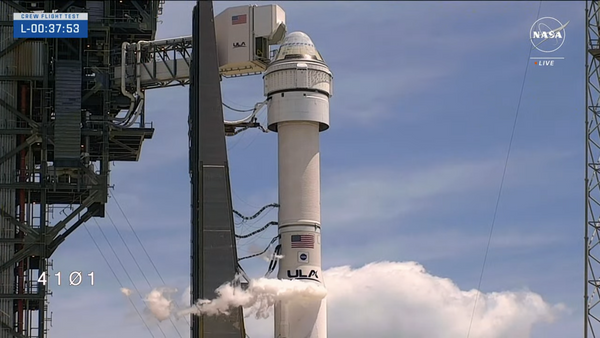
Copper prices traded on the CMEGroup Exchange surged today as the market broke out of a 7-month trading range. Early indications are that the move was tied to news that Chinese smelters agreed to cut production. China is the world leader in copper imports, and its smelters process half of the copper mined worldwide.
Was this move a valid breakout to higher prices or a fake-out?
China's economy is struggling to grow. Currently, they are lowering interest rates to stimulate their economy. The economic downturn has caused China's 30-year and 10-year yield differential to trade at their lowest level in five years, 11 basis points. The yield curve is dangerously close to inverting. Traditionally, inverted yield curves precede economic downturns.
The meeting in China this week among its largest smelters resulted in talks of production cuts. However, like many announcements out of China, the smelters did not give dates or amounts of production cuts, leaving some thinking that this will be a head fake trapping bulls in this explosive move. These extreme moves based on news events are often exaggerated by large traders taking immediate positions and asking questions later. Of course, time will tell.

Source: Barchart
The weekly chart of HG Copper traded on the CMEGroups Exchange illustrates the multi-month trading range (green box) and today's price activity trading higher.
Chinese copper consumers are savvy, and the question will be whether higher prices and current inventory levels will stall new purchases.
Seasonal Pattern

Source: Moore Research Center, Inc. (MRCI)
MRCI research has found that over the past 15 years, the copper market has put in a seasonal low during October. During this time, suppliers of home-building materials accumulate copper contracts for March delivery in preparation for the upcoming home-building season. These finished products can be copper pipes, electrical wire, PC boards for home circuitry, and, in some cases, ornamental roofing. It's been estimated each new home contains approximately 400 pounds of copper. Other research by MRCI found that the accumulation of copper had ended by March of the following year.
The seasonal high in March has led to significantly lower prices into the summer months in the past. With the building materials suppliers' demand for copper met, China's weakening economy, inflation still not near the US Central Bank's target level, which will result in higher interest rates, and the upcoming US election in November, which could result in electric car demand decreasing depending on which party wins, there does not seem to be a significant catalyst to force copper prices higher.

Source: Barchart
The seasonal low for the 2023 season occurred on schedule. Prices rallied until January when more news of Chinese economic weakness and higher mortgage rates in the US stalled the copper price rally. 10-year Treasury yields peaked in February 2024, and due to the correlation of mortgages and 10-year Treasuries, the demand for homes increased again as rates fell.
It's important to note that while seasonal patterns can provide valuable insights, they should not be the sole basis for trading decisions. Traders must also consider other technical and fundamental indicators, risk management strategies, and market conditions to make well-informed and balanced trading choices.
Traders looking for lower copper prices might consider a trend change to the downside before initiating short positions. Today's activity will turn many trend followers' strategies to the upside. Aggressive traders could take long positions to participate in the current trend but be agile and ready to sell copper if the price suggests doing this.
In conclusion
The recent surge in copper prices following news of potential production cuts by Chinese smelters begs the question: is this rally a genuine breakout or merely a temporary illusion? While the prospect of reduced supply could support higher prices, the backdrop of China's struggling economy and uncertainties surrounding interest rates and geopolitical factors cast doubt on the sustainability of this upward momentum.
Seasonal patterns in the copper market suggest that historical trends may not favor a prolonged rally, with past highs in March typically followed by declines into the summer months. Moreover, while today's price action may entice trend-following traders to the upside, caution is warranted, considering the lack of clarity regarding the extent and timing of production cuts.
While aggressive traders may seek opportunities to capitalize on the current trend, flexibility and readiness to adapt to changing market dynamics will be vital in maximizing potential gains and minimizing risks. Ultimately, time will be the ultimate judge of whether this surge in copper prices is a genuine breakout or merely a temporary blip in the market's trajectory.
More Metals News from Barchart
- Dollar Falls Slightly in Low-Vol Trade
- Dollar Slightly Lower in Quiet Trade
- Dollar Rises Slightly After Hawkish U.S. CPI Report
- Dollar Mildly Higher on Hawkish U.S. CPI Report







